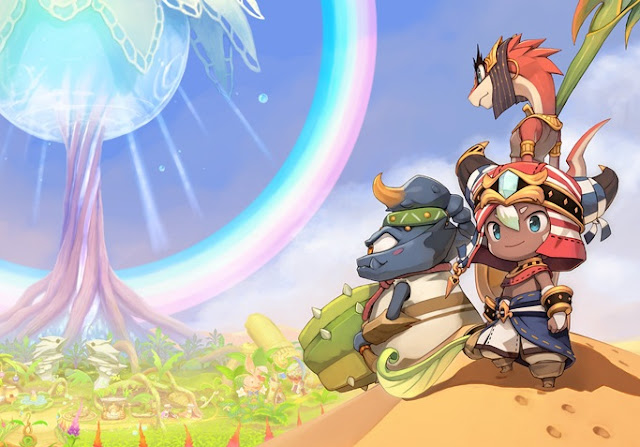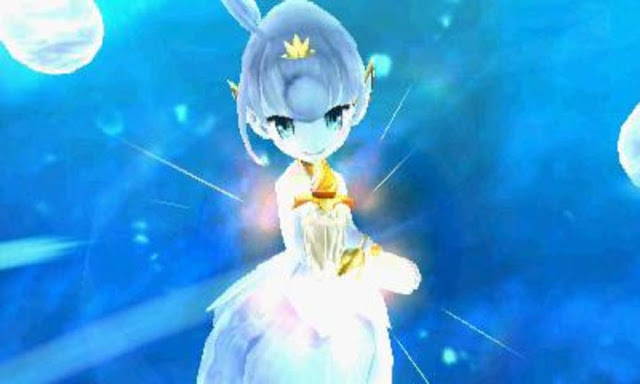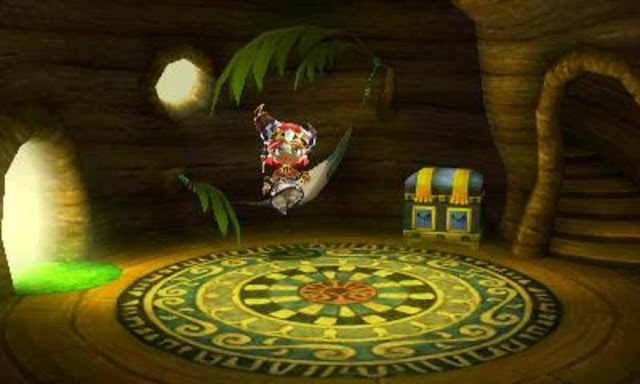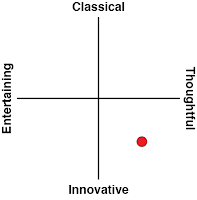Review by Clark A.
Latest Articles
Corsair tends to punch above its weight, offering good quality equipment tuned heavily towards gaming applications…
Eastasiasoft has announced its full game slate this month (May 2025), including five titles for PC…
One of my first observations about Clair Obscur: Expedition 33, was that it was very, very…
The original release of The Elder Scrolls: Oblivion is still very playable on a lot of…
Welcome to Digitally Downloaded’s weekly catch-up news feature, the catch-up coffee. I will bring you the…













